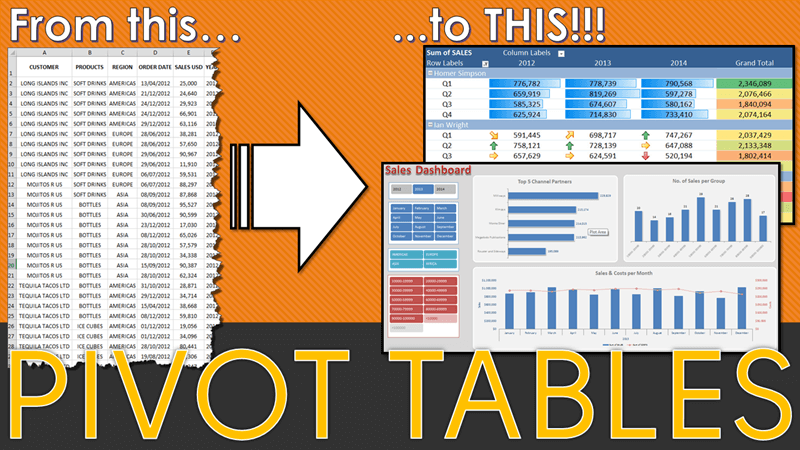In the previous lesson we cleaned up the data we’ve been collecting. Now the question is: what can we do with it? Look at this table. It was created from the over 65,000 rows of data in the movie rating dataset we saw a few lessons ago….
| Women | Men | |||
|---|---|---|---|---|
| Number | Avg. Rating | Number | Avg Rating | |
| All Movies | 16,716 | 3.54 | 48,819 | 3.53 |
| Star Wars | 102 | 4.23 | 284 | 4.37 |
| Abyss, The | 20 | 4.00 | 82 | 3.55 |



